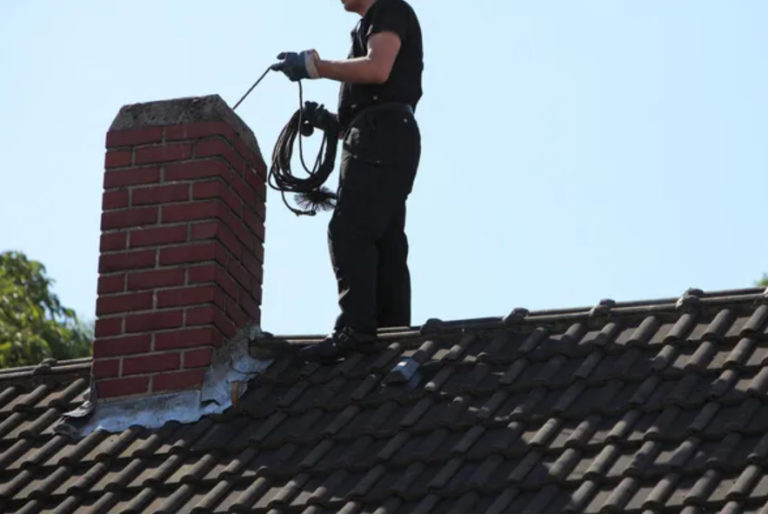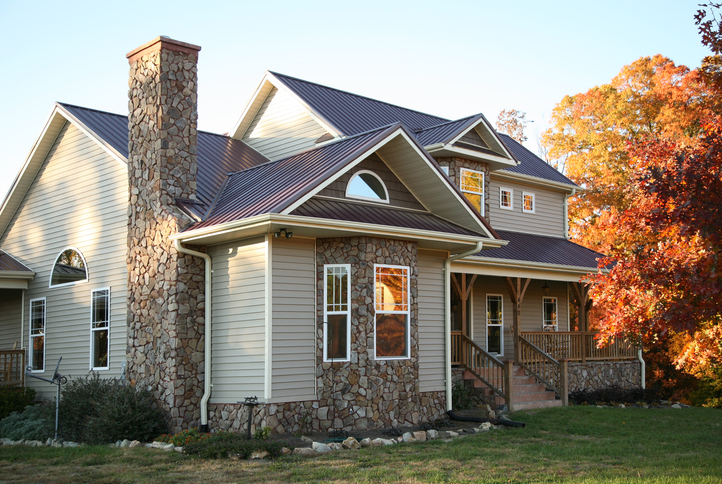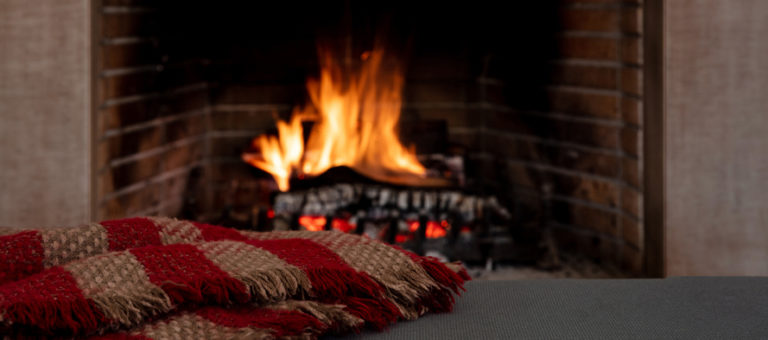For many homeowners, there’s nothing quite like the comforting glow and warmth of a fireplace during the colder months. However, enjoying your fireplace safely requires responsibility and attention to proper maintenance. By taking proactive steps, you can prevent accidents, maintain air quality, and extend the life of your fireplace system. In this article, we will share essential tips for fireplace safety and maintenance to help you enjoy your hearth with confidence.
Using the Appropriate Fuel for Your Fireplace
Wood-burning Fireplaces
Choosing the right type of wood is crucial for the safe and efficient operation of wood-burning fireplaces. Use well-seasoned hardwoods like oak, hickory, or maple, as they burn more cleanly and produce less creosote buildup compared to softwoods or green wood. This reduces the risk of dangerous chimney fires.
Gas Fireplaces
For gas fireplaces, it’s essential to use the correct type of gas, whether natural gas or propane, as specified by the manufacturer. Regular professional inspections are necessary to ensure the gas lines, valves, and connections are safe and functioning properly.
Electric Fireplaces
Electric fireplaces are generally lower maintenance compared to wood or gas fireplaces. However, it’s important to ensure that the electrical components are safe and that flammable items are kept at a safe distance from the unit.
Installing and Maintaining Smoke and Carbon Monoxide Detectors
Smoke and carbon monoxide detectors are must-haves in any home, especially if you have a fireplace. Install detectors near your fireplace and in key areas throughout your home, such as bedrooms. Regularly test them to ensure they are working, and change the batteries at least once a year, or opt for long-life battery models. These devices provide critical protection, alerting you to potential dangers before they become life-threatening.
Establishing a Safe Zone Around Your Fireplace
To prevent accidents, establish a safe zone around your fireplace. Keep flammable materials like furniture, curtains, and decorations at least three feet away from the hearth. Additionally, never leave a burning fire unattended. If you have children or pets, installing a safety screen or guard can help prevent accidental contact with the fireplace when it’s in use.
Scheduling Annual Chimney Inspections and Cleanings
Why Annual Inspections Are Crucial
No matter the type of fireplace you have, regular chimney inspections are essential for safety. The National Fire Protection Association (NFPA) recommends annual inspections by a professional to ensure your chimney is functioning properly. This can help identify potential issues like blockages, creosote buildup, or structural damage that may increase the risk of chimney fires.
Chimney Cleanings for Wood-burning Fireplaces
For wood-burning fireplaces, scheduling a chimney cleaning in addition to inspections is crucial. Creosote, a byproduct of burning wood, can accumulate inside the chimney and lead to chimney fires if not removed regularly. A thorough cleaning removes soot, debris, and creosote, ensuring your fireplace operates efficiently and safely.
Proper Ash Disposal Techniques
Safely Removing Ash from Wood-burning Fireplaces
Ash disposal is an important aspect of wood-burning fireplace maintenance. Wait until the ashes have completely cooled before removing them. Use a metal shovel to transfer the ash into a metal container with a tight-fitting lid. Store the container outside and away from combustible materials. Never use a vacuum cleaner to remove ashes, as this can spread fine ash particles throughout your home, reducing air quality.
Recognizing Signs Your Fireplace Needs Professional Attention
Even with regular maintenance, it’s important to recognize when your fireplace requires professional attention. Be aware of the following warning signs:
- Persistent smoke or fumes while the fireplace is in use
- Unusual or strong odors from the chimney
- Damaged fireplace components, such as cracked bricks, tiles, or mortar
- Excessive creosote buildup, identified by a sticky or tar-like substance in the chimney
- Difficulty operating chimney dampers or doors
If you notice any of these issues, contact United Home Services for a professional inspection and repair.
Conclusion
By following these fireplace safety and maintenance tips, you can ensure the safe and efficient operation of your fireplace. Regular inspections, cleanings, and responsible fireplace use will allow you to enjoy the warmth and ambiance of your hearth while protecting your home and family.
If you need assistance with your fireplace maintenance, chimney inspection, or repairs, United Home Services is here to help. Our experienced professionals are dedicated to keeping your home safe, warm, and inviting all year long.



